Detoxify Your Life Series, Part IV
- Susan Murray
- Sep 18, 2017
- 8 min read
Updated: Mar 11, 2020
Ready to grow ageless?
Book your free 15 minute Turn Back Time call today!
Detoxify Your Life Series, Part IV
Reducing Toxic Burden from Personal Care Products
Now that you've reduced your toxic stress load
with restful sleep, mindfulness-based techniques, gratitude, FasterEFT, ho'oponopono, and specific mood-boosting foods and supplements, I hope you're finding peace and renewed motivation to continue detoxifying your life. Reducing toxic burden from all sources is a major component of the anticancer lifestyle.
If you've already experienced a cancer crisis,
whether first hand or through a loved one, you'll understand the vital importance of doing whatever you can to limit your exposure to toxic chemicals.
I won't kid you; they're everywhere.
That said, every little step we take to reduce our toxic burden gives our bodies a fighting chance to heal from cancers, better tolerate conventional treatments, and prevent or heal other health issues.
In the United States, the Food and Drug Administration (FDA), formed in 1906, has the responsibility of protecting consumers from dangerous ingredients and contaminants found in pharmaceuticals, medical equipment and procedures, food products, and ostensibly, cosmetics.[i] Many would argue the FDA falls far short of its mission. Indeed, as this article explains,[ii] in its 111 years of existence, the FDA has studied and approved approximately 1,453 drugs out of the 88,212 drugs that have been reported to the FDA.[iii] This lack of testing doesn't even address the vast number of cosmetics and personal care products that are not required to undergo stringent testing before being released to the public.[iv]
Whatever one's opinion of the FDA, thanks to the Food, Drug, and Cosmetics Act of 1938,[v] the Personal Care Products industry remains self-regulated (i.e. unregulated.) Therefore, the onus is on the consumer to research ingredients and find (or make) products that are effective and void of unnecessary toxic chemicals.
I began my journey in the world of "alternative" cosmetics and personal care products in 2005, one year before my daughter was diagnosed with pediatric brain cancer. When we received the diagnosis, I was so grateful that this was one aspect of an anticancer lifestyle I'd already addressed.
Over the years I've experimented with a variety of (mostly homemade) natural personal care products; I've seen firsthand how they frequently outperform their synthetic, toxic counterparts. Not only do these natural solutions help reduce one's toxic burden, but they're economical and ecological, as well. Thanks to the internet and the natural blogger boom, information concerning toxic ingredients is readily available; thanks to consumer demand, more manufacturers are heeding the call to produce safer, less-toxic products. I'll share these natural solutions, as well as safer commercial products, in upcoming posts.
"But I've used the same drugstore shampoo, conditioner, deodorant, toothpaste, and perfume for years," you might say. "Why should I switch to something I might not like?"
I'm so glad you asked!
Let's take a look at some common ingredients in personal care products. When you learn the known dangers these ingredients pose, you may want to find an alternative. In fact, I share my personal, toxin-free hair care routine here. I also share my recipe and process for the only "product" I use in my hair, my Flax Seed Hair Gel.
The list of dangerous chemical toxins found in personal care products is so long, the list below is limited to possible and known carcinogens most frequently found in personal care products. Eliminating these chemicals is imperative for those living an anticancer lifestyle. I've listed the ingredients of concern in the order of importance of elimination. It takes time, planning, and preparation to switch from toxic to safe products. In your process of switching to nontoxic products, work your way down the list.
Making beneficial changes to your hygiene and beauty care routine requires careful sleuthing. Read labels and consult www.EWG.org. The Environmental Working Group has current information on personal care and home care products.
Please note:
While the information below may be overwhelming, the fact is reclaiming one's health is a powerful, rebellious act! In becoming a savvy, label-reading super-sleuth—in saying "NO!" to the allure of prettily packaged, convenient products—you are taking authority over your life. Eliminating toxins from our lives is an immensely healing, gratifying, and worthwhile journey that can benefit not only physical health but mental, emotional, spiritual, and financial health, as well.
Carcinogens Found in Personal Care Products
Formaldehyde and Formaldehyde-releasing Preservatives
Found in: Shampoos, conditioners, keratin hair straighteners, eye shadows, mascara, blush, and nail polishes and nail treatments.
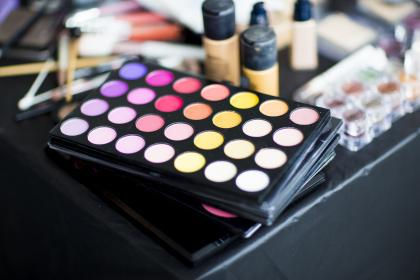
Formaldehyde, the chemical used for embalming the deceased, is a known carcinogen[vi] as well as skin irritant and immune suppressant, and yet, it lurks in products you may be using every day.
Formaldehyde is deliberately added to the above products because it is a powerful preservative-remember those perfectly preserved frogs in biology class? Formaldehyde-releasing Preservatives, or FRP, slowly release formaldehyde over time; the older your product is, the higher the formaldehyde content. That means the shampoo and conditioner you use everyday could be exposing you to carcinogens, but the name "formaldehyde" may not appear on the label.
Related ingredients to avoid:
Quaternium-15,
DMDM hydantoin
Imidazolidinyl urea
Diazolidinyl urea
Polyoxymethylene urea
Sodium hydroxymethylglycinate
2-bromo-2-nitropropane-1,3-diol (bromopol)
Glyoxal[vii]
Phenacetin
Found in: facial hair bleaching agents, hair color and fixitives, depilatories
In 1983 the FDA recognized phenacetin to be a carcinogen.[viii] Up till then, it was used in analgesics to relieve pain and reduce fever. While it is no longer used in analgesics, it can still be found in the personal care products listed above.
Coal tar dyes and P-phenylenediamine (PPD)
Found in: dark hair coloring dyes, medicated shampoos
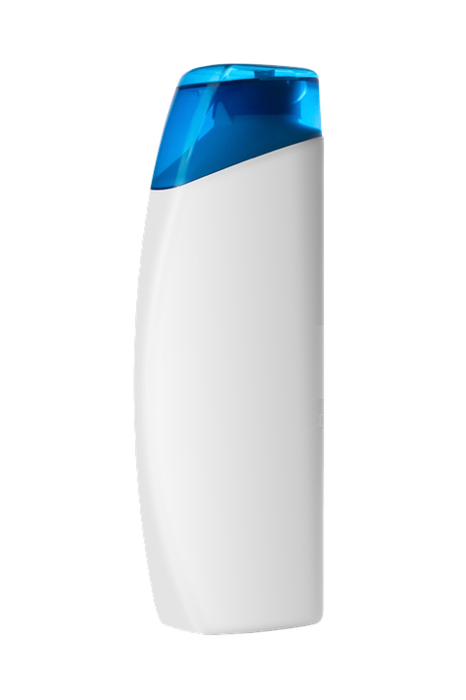
Coal tar and PPD are strongly associated with Non-Hodgkin's Lymphoma, as well as some pediatric cancers when used during pregnancy.[ix] Additionally, PPD can cause skin irritations and blindness,[x] and may also have heavy metal contamination, making them toxic to the brain.
Related ingredients to avoid:
Blue 1
Green 3
Yellow 5 & 6
Red 3
Benzene
Found in: hair conditioners and styling lotions
Derived from coal tar, benzene is a known human carcinogen[xi] and is also responsible for developmental toxicity[xii] and endocrine disruption.[xiii]
Mineral Oil
Found in: eye shadow, moisturizer, lip gloss, lipstick, conditioner, hair color, hair bleaching agents, facial treatments, styling gel and lotion, blush, and concealer
A known carcinogen, mineral oil is derived from crude oil and contains PAH [xiv], Polycyclic Aromatic Hydrocarbons which are carcinogenic and ubiquitous.[xv]
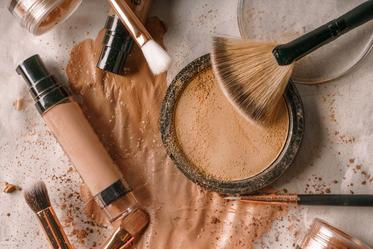
Ethylene oxide and 1,4 Dioxane
Found in: Cosmetics, shampoo, body washes, laundry detergent, dish soap
Two of many "hidden" carcinogens found in products used daily, you won't find them on the ingredients list of your product because they are byproducts of a variety of other chemicals. Both of these bad actors are known human carcinogens[xvi] [xvii]. Ethylene oxide has been found to contribute to lymphoma, leukemia, stomach cancers and breast cancers, especially in employees exposed to these chemicals, such as those who disinfect hospital and dental equipment.[xviii] The European Union bans use of ethylene oxide in cosmetics.
If you use any type of foaming or lathering products, 1,4 dioxane is most likely an uninvited guest. Created with the combining of surfactants, chemicals responsible for those luxurious suds and your children's bubble baths, 1,4 dioxane is a contaminant in water.[xix]
Related ingredients to avoid:
Polyethylene
polyethylene glycol
polyoxyethylene
polyoxynolethylene
Also avoid ingredients using the following prefixes and suffixes:[xx]
PEG-
poly-
-eth
-oxynol
-ceteareth
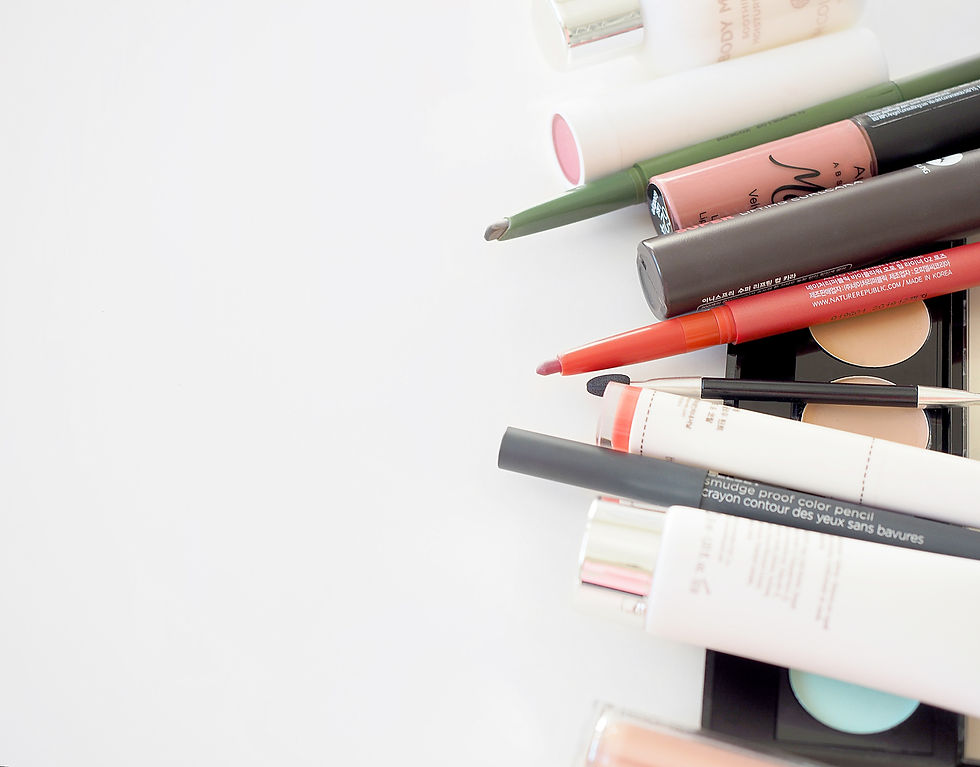
Heavy Metals
Found in: eye shadow, lip gloss, facial lotion, foundation, and shampoo
Used as colorants in cosmetics, heavy metals such as hexavalent chromium,[xxi] cadmium,[xxii] and arsenic[xxiii] are contaminants found in ingredients listed on product labels. These metals, all nonessential in the human body, are considered either directly or indirectly carcinogenic[xxiv]
Related ingredients to avoid:
D&C Red 6
aluminum starch
octenylsuccinate
hydeogenated cottonseed oil
polyvinyl acetate
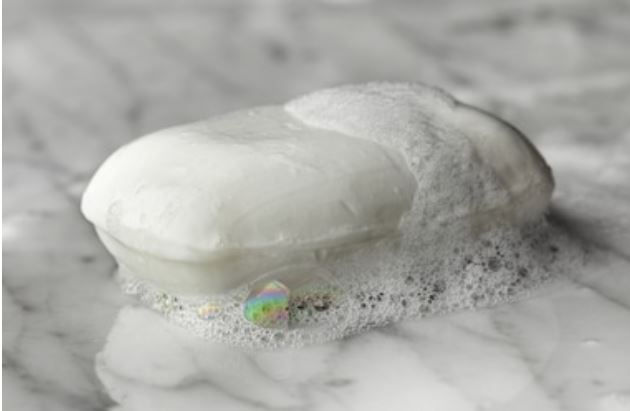
Cocamide DEA
Found in: Shampoo, hand soap, cosmetics
Derived from coconut oil it is the DEA, diethanalomine, which poses a cancer risk. Cocamide DEA is a foaming agent in soaps and shampoos; it works as an emulsifier in a variety of cosmetics. While the FDA has green-lighted cocamide DEA as safe for cosmetics and personal hygiene products, the International Agency for Research on Cancer (IARC) states "There is sufficient evidence in experimental animals for the carcinogenicity of coconut oil diethanolamine condensate."[xxv] While there is as of yet limited evidence of cocamide DEA as human carcinogen, concern is warranted;[xxvi] those living an anticancer lifestyle are wise to avoid it.
Related ingredients to avoid:
Cocamide MEA
DEA-Cetyl Phosphate
DEA Oleth-3 Phosphate
Lauramide DEA
Linoleamide MEA
Myristamide DEA
Oleamide DEA
Stearamide MEA
TEA-Lauryl Sulfate
Triethanolamine
Honorable Mentions
These ingredients, while not directly carcinogenic should be avoided, none the less. They are found ubiquitously in personal care products.

Parabens
Found in: cosmetics, lotions, deodorants, shampoos, foodstuffs, and pharmaceuticals
Parabens are synthetic preservatives that protect products from mold and bacterial growth. They are powerful endocrine disruptors, mimicking estrogens, and are suspect in the development of breast and other cancers.[xxvii] The European Union, in recent years, has banned parabens from personal care products.[xxviii]
Fragrances

Found in: hair care products, body care products, perfumes, scented candles, soaps, laundry detergents, air fresheners
Synthetic fragrance-and if it's listed on the label as "Fragrance" or "Parfum," it's synthetic—is created by combining multiple toxic chemicals, sometimes dozens, to create one particular scent. Unless your label specifically identifies the origin of the scent as Pure Essential Oil, anything scented is the result of toxic chemicals. While synthetic fragrance is not yet considered a direct carcinogen[xxix], it is known to weaken and disrupt the immune system, which naturally defends our bodies from the development of a variety of cancers.[xxx] Synthetic fragrance is a known endocrine disruptor; endocrine disruption is itself a cause of cancer.[xxxi]
BHA and BHT
Found in: cosmetics, moisturizers, convenience foods
These carcinogenic siblings,[xxxii] butylhydroxyanisole and butylhydroxytoluene are synthetic antioxidants used not only to preserve personal care products but can be found in your cornflakes and other convenience foods, as well. While the FDA has granted BHA and BHT "GRAS" status, i.e. Generally Regarded As Safe[xxxiii], the National Institutes of Health's National Toxicology Program, referring to either, says BHT or BHA can be "reasonably anticipated to be a human carcinogen."[xxxiv] [xxxv] Given the NIH's stance, an anticancer lifestyle dictates avoidance of any product containing these preservatives, whether the product is consumed or applied externally.
Triclosan

Found in: toothpaste, antiperspirant, fabrics, toys, formerly found in antiseptic soaps
While this endocrine disrupting antibiotic was banned from antiseptic soaps and body washes by the FDA in 2016, it is still found in products not regulated by the FDA such as certain types of toys, and fabrics used for clothing and upholstery.[xxxvi] In fact, it may even be lurking in your toothpaste or antiperspirant![xxxvii] (And let's just recall what an effective delivery system we have in our permeable skin and oral cavity; the tender tissue in our mouths and under our arms is especially effective at absorbing whatever we apply there!) Be suspicious of anything advertised as "anti-bacterial;" it surely contains Triclosan or its relatives.
Triclosan has been found to not only wreak havoc with the endocrine system, but is responsible for the prevalence of antibiotic resistant bacteria.[xxxviii] Additionally, Triclosan accumulates in fat cells, providing a steady stream of endocrine disrupting, immune defeating, and possibly carcinogenic poison.[xxxix]
Related ingredients to avoid:
Chloro
Phenol
Irgasan
Phthalates
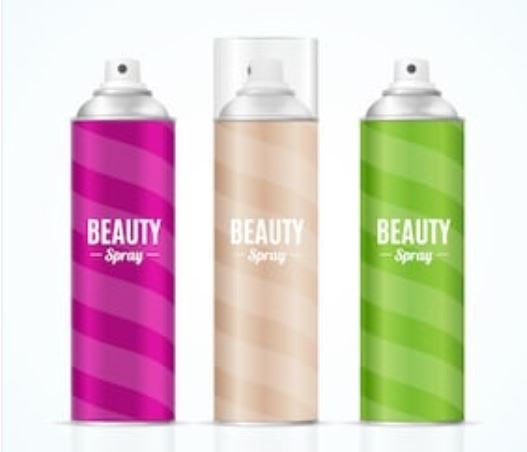
Found in: perfume, lotion, hair spray, nail polish, plastics
It's a challenge to avoid these estrogen mimickers; the very packaging containing your personal care products and foods can contain phthalates which leach into your products. If you store or microwave your food in non-microwavable plastics,[xl] you are enjoying an extra, avoidable, heaping helping of endocrine disrupting synthetic estrogens.[xli]
Unfortunately, thanks to a loophole in the United States which allows manufacturers to decline listing ingredients if they are a trade secret, it is likely products containing phthalates do not list them.
These ubiquitous endocrine disruptors are said to be responsible for early breast development in young girls,[xlii] and a cause of reproductive birth defects as well as breast cancers.[xliii]
Related ingredients to avoid:
Dimethyl phthalates
Diethyl phthalates
Dibutyl phthalates
If you're now asking yourself
"What personal care products can I use that won't increase my cancer risk?" stay tuned! In an upcoming post I'll share safe, effective, and affordable alternatives to the chemical-laden products you used to think were innocuous.
Wishing you well,
Susan
[xxxi] https://www.ewg.org/skindeep/ingredient/702512/FRAGRANCE/#.Wa_fgdGQxaQ [xxxii] https://www.ncbi.nlm.nih.gov/pubmed/8493816
[xxxiv] https://ntp.niehs.nih.gov/results/pubs/longterm/reports/longterm/tr100199/abstracts/tr150/index.html
[xxxvi] https://www.mayoclinic.org/healthy-lifestyle/adult-health/expert-answers/triclosan/faq-20057861
[xxxvii] https://davidsuzuki.org/issues/health/science/toxics/chemicals-in-your-cosmetics---triclosan/




Comments